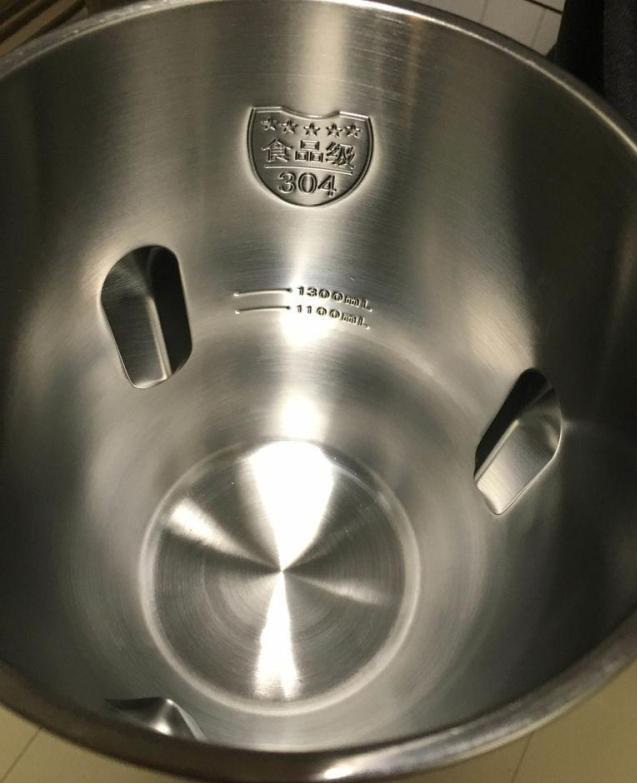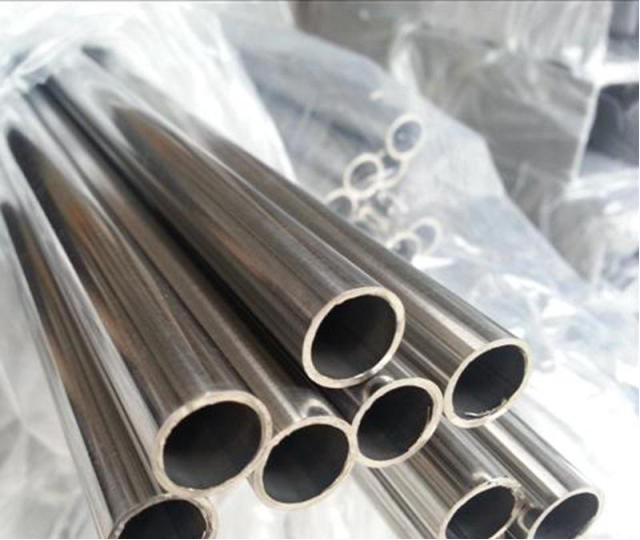Many people are curious about whether 430 stainless steel is food grade? Is tableware made of 403 stainless steel (such as steamer pots, spoons) safe? What are the differences between 430 stainless steel and 304 stainless steel? Which one is better?
Next, let Normandy Metal analyze the differences between these two types of stainless steel.
430 stainless steel: It is known as "stainless iron" in the stainless steel industry because it is a kind of ferritic stainless steel with good corrosion resistance and better thermal conductivity than austenitic stainless steel. Currently, it is mainly used in architectural decoration, some household appliance components, fuel burner components, and other normal or high-temperature scenarios. However, due to the much lower chromium content in 430 stainless steel compared to 304, its hardness is not as good as 304.
This ferritic stainless steel is already inferior to 304 stainless steel in terms of corrosion resistance, and its performance indicators do not meet the international standards for food-grade stainless steel. In any aspect, 430 stainless steel is simply not food-grade stainless steel, and most of the time stainless iron is made by processing recycled scrap iron, steel, lead, and other materials through a series of treatments.
430 and 304 stainless steel ≠ food-grade stainless steel, only stainless steel materials that meet the national GB9684 standard certification and can be in contact with food without causing harm to the body belong to food-grade stainless steel.
Regular manufacturers generally use 304 (18-8) and 430 (18-0) stainless steel for forks and spoons. 430 is magnetic, 304 is slightly magnetic. So when choosing stainless steel tableware, you can easily determine with a magnet.

Stainless steel products for food are divided into two categories according to their uses. One is food container utensils, referring to stainless steel utensils used to hold food, such as pots, bowls, and basins. The other is stainless steel tableware, which generally includes knives, forks, spoons, and chopsticks that directly contact food in daily life.
The main safety issue for stainless steel in contact with food is the migration of heavy metals. In general, stainless steel products do not pose a food safety risk when used to hold, cook, or come into contact with food. However, when the migration of heavy metals from stainless steel products exceeds the limit during use, it may pose a health risk.
430 stainless steel is not food-grade. It belongs to ferritic stainless steel, is magnetic, commonly known as stainless iron, used for making knives, etc. (wear-resistant, hard). For tableware, austenitic stainless steel (non-magnetic or slightly magnetic) is generally used. Such as 201, 202, 301, 304 (austenitic stainless steel with good corrosion resistance). Therefore, using 430 stainless steel for tableware is not very safe because the corrosion resistance of 430 stainless steel is not good.
Corrosion resistance: 430 stainless steel contains 16.00-18.00% chromium and basically does not contain nickel metal, while 304 stainless steel contains more chromium and nickel metals, so the corrosion resistance of 430 stainless steel is not as good as 304 stainless steel.
Stability: 430 stainless steel is in a ferritic form, while 304 stainless steel is in an austenitic form, making 304 stainless steel more stable than 430 stainless steel.
Toughness: 304 stainless steel has very strong toughness, stronger than the toughness of 430 stainless steel.
Thermal conductivity: The ferritic structure of 430 stainless steel has better thermal conductivity than the austenitic structure of 304 stainless steel.
Mechanical performance: 430 stainless steel added stable chemical element titanium, making the mechanical performance of the welded seam better than that of 304 stainless steel.
430 stainless steel is mainly used for architectural decoration, fuel burner components, household appliances, and household appliance components.
Adding steel grade 430F, which has easy cutting properties, on 430 steel is mainly used for automatic lathes, bolts, nuts, etc.
Adding Ti or Nb to 430 steel and reducing the C content to become 430LX improves processing and welding performance, mainly used for water tanks, heating systems, sanitary appliances, durable household appliances, bicycle flywheels, etc.
304 stainless steel has the characteristics of high temperature resistance, good processing performance, and high toughness, widely used in the industrial and furniture decoration industry and the food and medical industries.
304 stainless steel has strong corrosion resistance and is widely used in the production of equipment and parts that require good overall performance (corrosion resistance and formability).
Summary: 304 stainless steel and 430 stainless steel each have their advantages: 430 stainless steel has better thermal conductivity and mechanical performance, making it more suitable for applications such as architectural decoration, fuel burner components, household appliances, and household appliance components. In industries that require corrosion resistance, such as industrial and food or medical, 304 stainless steel is better.

Hot topics that may interest you:



